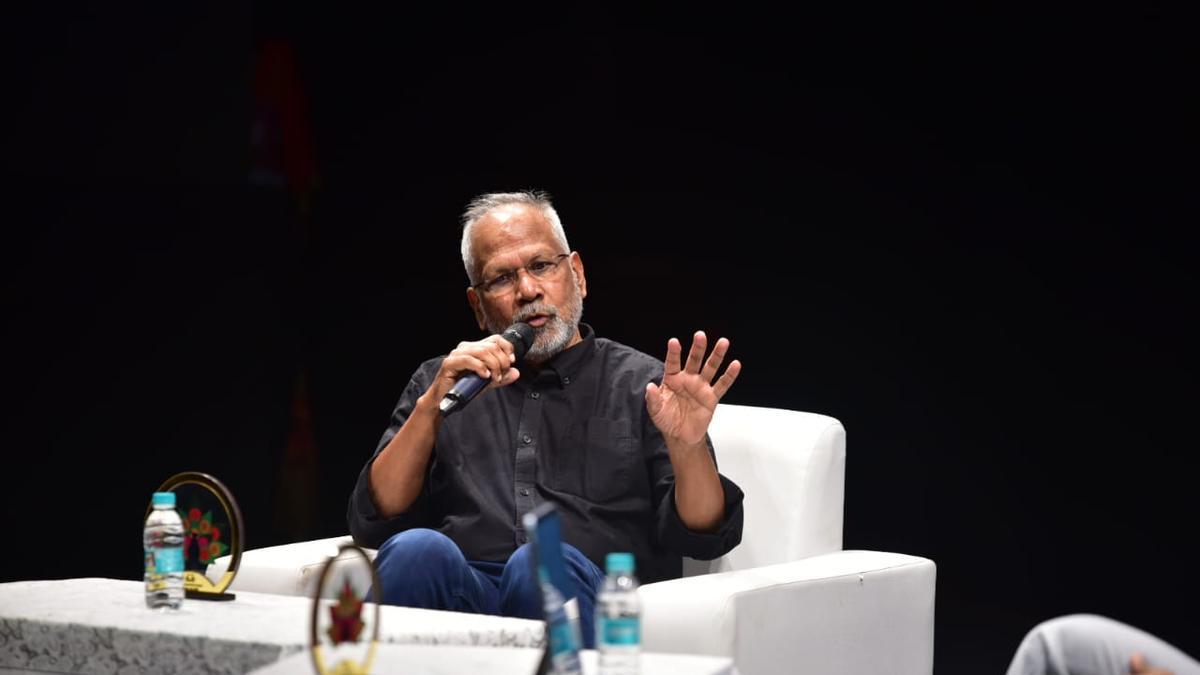
As the fabric of Test cricket weaves itself into yet another epitome of classical encounters, the story has repeated a familiar, albeit mesmerizing, pattern in the city of Hyderabad. Axar Patel, India’s slow left-arm orthodox exponent, found himself in a similar script to the one he authored at the Narendra Modi Stadium in Ahmedabad during England’s last visit to India. His recent delivery, a pearl of cricketing craftsmanship, would make any highlight reel as England’s Jonny Bairstow stood there incapacitated by a moment of sheer brilliance on day one of the opening Test at the Rajiv Gandhi International Cricket Stadium.
England, under the brilliance of a clear sky, won the toss and decided to bat first on a surface that held promises of early assistance to the batsmen. Yet, a bright start was to elude them. By the conclusion of the 15th over, their innings was rattled, precariously positioned at 60 for the loss of three prime wickets.
Bairstow, in collaboration with his compatriot Joe Root, sought to maneuver England’s ship away from the stormy seas. They managed a determined partnership, adding 61 to the scoreboard, when Axar’s guileful spin intervened. The 16th over’s very first delivery heralded the end of Bairstow’s tenure at the crease, affirming India’s dominance in the game with emphatic emphasis.
The Gujarat-born cricketer, skirting close to the return crease, launched the ball into Bairstow at a good length. It kissed the pitch around middle stump and, betraying its apparent trajectory, turned ferociously. Bairstow, leaning forward in an attempt to negotiate the angle, found himself confounded by the break. His defensive shot, an optimistic endeavor, failed to account for the sharp deviation off the wicket, and in a heartbeat, the off-stump was clattered.
The bemused batsman lingered momentarily in disbelief, the lapse in his defence registering a surreal impact, before ambling back to the pavilion—another testament to the old adage that cricket, indeed, is a game of glorious uncertainties. The anguish of defeat was writ large; days of practice undone by a singular twist of fate—or in this case, turn.
Onlookers who witnessed this moment live and millions viewing screens across the continents watched the replay of Bairstow’s demise with a mixture of awe and compassion for England are wobbling precariously in their innings. The Indian bowlers, their nostrils flared and senses heightened, have tasted blood and now prowl for more.
India’s playing XI, a blend of experience and youthful exuberance, features names that resonate with prowess: Rohit Sharma wielding the captaincy baton, Yashasvi Jaiswal, Shubman Gill, KL Rahul, Shreyas Iyer, Ravindra Jadeja, Srikar Bharat behind the stumps, joined by veterans Ravichandran Ashwin, Axar Patel, Jasprit Bumrah, and Mohammed Siraj. A bench strength that includes Rajat Patidar, Mukesh Kumar, Dhruv Jurel, and Kuldeep Yadav fortifies the depth of the squad.
Conversely, England’s crew, led by the undaunted Ben Stokes, approached the crease with Zak Crawley and Ben Duckett initiating the charge, followed by the steadfast Ollie Pope, resilient Joe Root, opportunistic Jonny Bairstow, vigilant Ben Foakes as the wicketkeeper, and completed by Rehan Ahmed, Tom Hartley, Mark Wood, and Jack Leach. In reserve, they hold Ollie Robinson, the veteran James Anderson, Daniel Lawrence, and Gus Atkinson.
As the day progresses, England stares down the barrel, grappling with a narrative that craves an innings composed of grit, resilience, and audacity to record a healthy first-innings total. The Rajiv Gandhi International Cricket Stadium, a cauldron of hope and despair, waits with bated breath as the drama unfolds, ball by ball, in the time-honored theatre of Test cricket.










